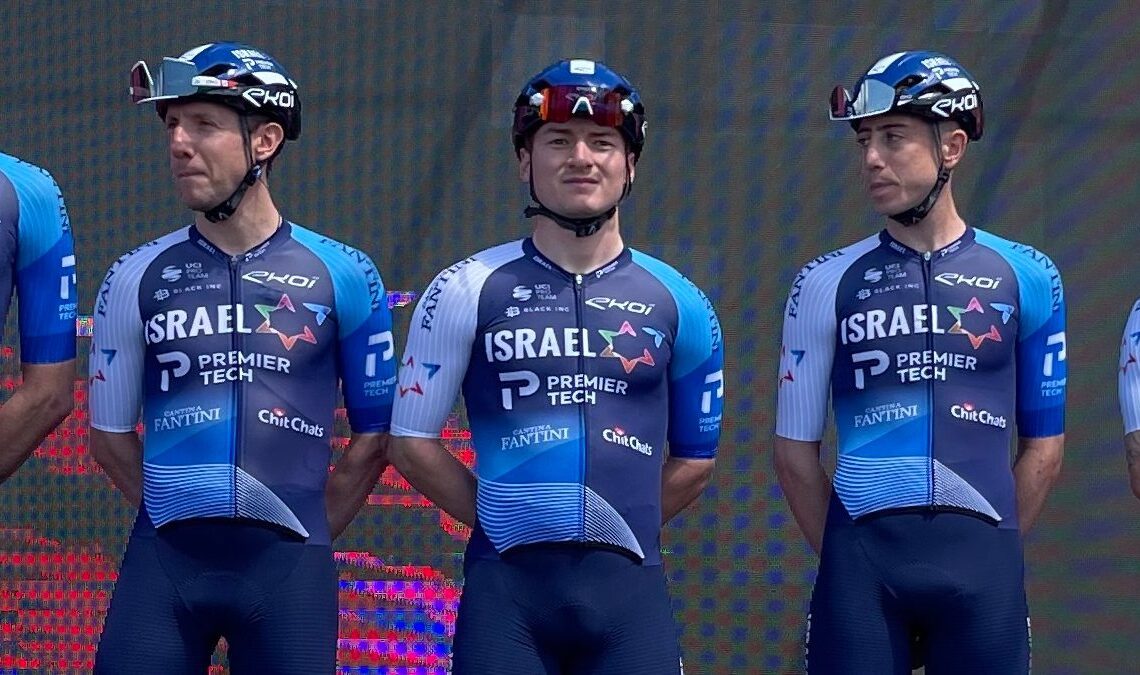The day before Riley Pickrell would make his debut at the start of the Giro d’Italia, the young rider reflected on his route to his first Grand Tour. I spoke with the Victoria native in the dining room at the team hotel. He had recently finished a late lunch that followed the day’s training ride.
Pickrell’s journey to that hotel had started this past winter. Members of the team management mentioned that they were interested in sending him to the Giro. Pickrell was excited by the opportunity and structured his training accordingly.
Even though he was on the long list for the big race, his place wasn’t assured. “As we got closer and closer to the selection date, I made sure that my intentions were still known. I made sure to drop hints,” he said. “I tried to be a squeaky wheel without being too annoying because I don’t think anybody wants to have an annoying rider at a race that lasts 23 days.”
Riley Pickrell and the Spring Classics
Pickrell got the good news in mid-April, about two weeks after his long spring campaign that featured Omloop Het Nieuwsblad, where he spent 80 km in a breakaway, Scheldeprijs—his second appearance at that race where he was in the mix in the finale—and his first Paris-Roubaix. After Roubaix, he needed a break. Also, despite all the hard racing he’d done, he’d have to get in some training before the Grand Tour.
“During the Classics, you might train one day, and then you’re recovering again for the next race,” he said. “And the Classics are so stressful that even though your fitness might not actually be improving during the racing, you’re just so fatigued from the stress that you actually progressively lose fitness through the Classics campaign. Once I recovered from the stress of Roubaix, then I could actually put in a substantial training block that I wasn’t able to put in earlier.”
A Grand Tour is an extended period of racing and stress, too, but Pickrell figures the Giro’s conditions are significantly different from those in northern Europe in early spring. “The Spring Classics in Belgium are a step above almost every other race as far as stress. It’s a fight for every corner, whereas here there are bigger roads and not everyone races for every stage. If there’s a mountain finish, I’m not racing,” the sprinter said. “I’m just kind of commuting from the start line to the finish line.”
Click Here to Read the Full Original Article at Canadian Cycling Magazine…

